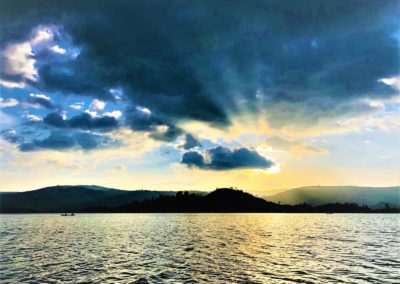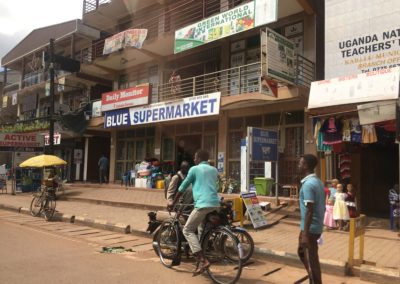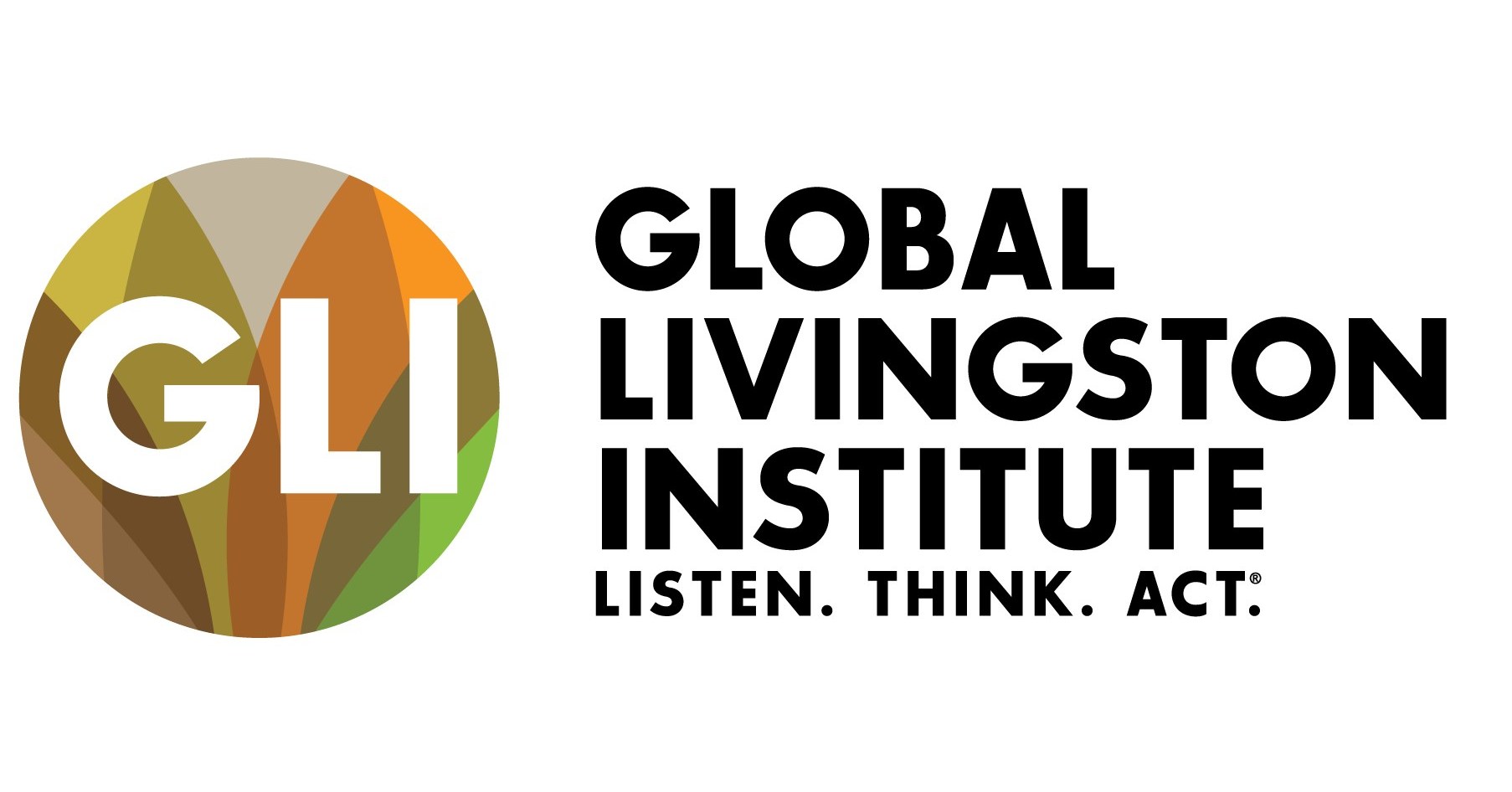Sustainable Energy For Uganda
Overview
The project goal is to provide a sustainable energy solution for smallholder farmers surrounding Lake Bunyonyi in rural Uganda. The project focused on a sustainable, environmentally friendly, and reliable solution to provide villagers with access to electricity for phone charging and lighting. Long term goals include electricity for more commercial uses, but is not a primary objective at this time.
The community impacted by the project are farmers with families living off of limited income in an extremely rural location. The villagers’ only method of banking is via cell phones, so when they are without a cell phone, or location to charge it, they are without their money. This is a serious problem providing that the majority houses do not have access to electricity. Currently, villagers use kerosene for cooking and lighting to replace their lack of electricity, which is known to have serious health implications. Providing a reliable source of electricity will greatly simplify villagers’ lives, save them money, allow an improvement in education, and increase the health of individuals. Overall, this engineering project has the capability of creating an astounding increase in quality of life for the villagers surrounding Lake Bunyonyi.
This design project was brought to us by the Global Livingston Institute (GLI), a Colorado-based company, whose goal is to find innovative approaches to international development and to build partnerships between communities. The staff at GLI have spent many hours in communication with our team and were a huge source of information as we worked on finding a solution for the design problem they presented to us.
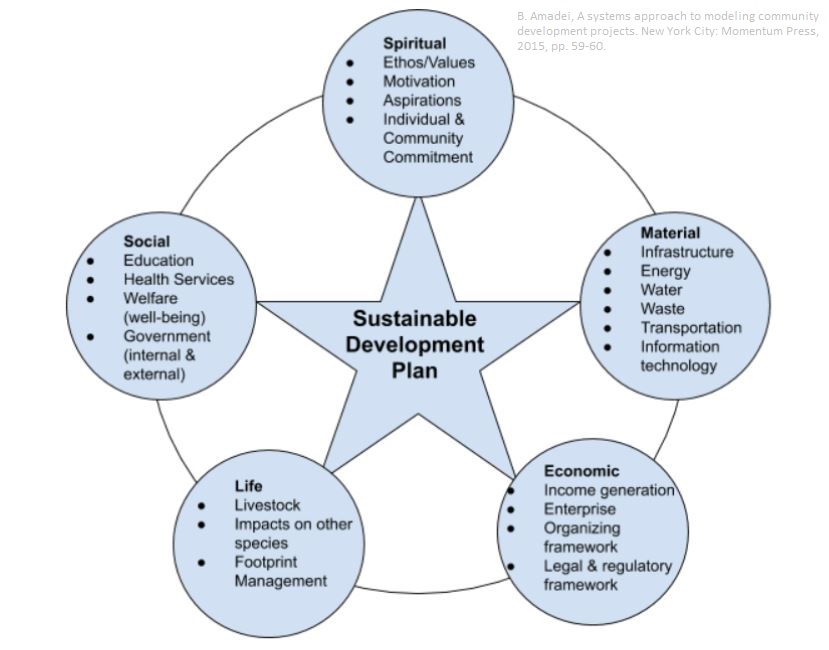
Sustainable Development Plan for Community Design.
Team Members
- Paige Granie
- Paige Kadavy
- Shannon Mooney
- Juno Padilla
- Reginald Phillips
- Tyler Stuhldreier
The Client
- Global Livingston
Acknowledgements
We would like to acknowledge everyone who has been integral to the success of our team. First and foremost are our PAs, Beth Reddy and Alina Handorean, and our stand-in client on behalf of Global Livingston Institute, Anit Koirala. We appreciate your constant communication and willingness to help. We would also like to thank everyone who helped make our trip to Entusi possible. Thank You to Tom and Raegan, and all other GLI staff that helped coordinate the trip. Thank you to Bright, Haddington, Gilbert, Fiona, and all of the Entusi Staff who made our time on the ground not only a successful engineering endeavor but an unforgettable experience. Finally, we want to thank all of our donors who helped make the trip possible through the Gold Mine Campaign Program.
Video
Elevator Pitch
The CSM Sustainable Energy team is a multi-disciplinary team of six students working to complete our capstone design project. We have backgrounds ranging from electrical and mechanical engineering to sustainable community development and public affairs. Our diverse interests have been brought together to find a sustainable energy solution for the Bunyonyi villages. We are working with Global Livingston, a non-profit organization based in Denver, CO, to provide a clean and sustainable form of electricity to smallholder farmers in rural Uganda. Villagers are currently using kerosene lamps for lighting, which through the breathing of toxic gases has significant health implications. We are creating a solution to get electricity to each individual home in these villages. We are currently investigating these design options: solar, micro-hydrological, kinetic conversion, and energy harvesting solutions.
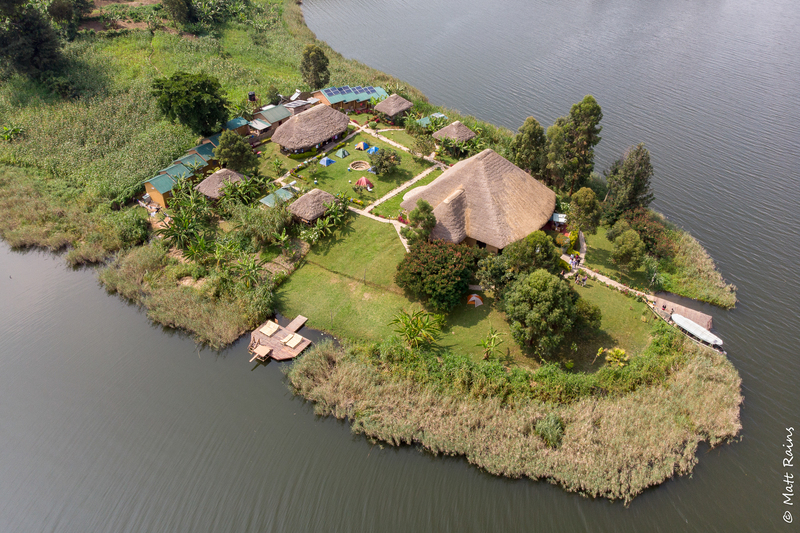
Design Approach
The team’s design process is best described as a fluid process. The first step of solving the problem is accurately defining the problem, and setting out a list of design constraints. The information we were originally given was researched further to better understand the constraints we were working within which also shed light on other aspects we had not considered.
Further, because of the nature of our project, one of a humanitarian engineering perspective, the community is the most important consideration for our design and our design constraints. A considerable amount of time and effort was invested in investigating humanitarian engineering literature such as the Bridger and Luloff criteria. The team then began gathering information from the community. This was done in three ways: using data already gathered by GLI, creating a survey to be conducted by GLI employees in the communities, and ultimately visiting the communities and gathering data in person.
The team began the process of crowd-funding through the Gold Mine Campaign Program. A small commercial and a web page were set up to raise funding for a research trip to Uganda.
In the midst of fundraising, the team was also working through different design ideations. There are a number of ways that sustainable energy can be provided to the community. The ones that the team investigated in depth were solar, micro-hydro, and biogas power.
As mentioned previously, the most important stakeholder is the community. According to Bernard Amadei, author of A Systems Approach to Modeling Community Development Projects, he references Ben-Eli’s “five core principles of sustainability” to model a systems approach to sustainable community development. Figure 1 shows the graphic from Amadei’s book. In order to justify a solution for the farmers in rural Uganda, each design ideation explored the solution as it fit into these five principles. It served as a criteria to weigh the suitability of each solution, and ultimately select one approach.
Design Ideation 1: Biogas
As natural resources, such as excess crops or animal manure, are held without oxygen in a pit, they succumb to anaerobic digestion. This digestion creates various byproducts including carbon dioxide, methane, and a solid substance commonly referred to as Bio-slurry or Digestate. At a high level, the intention of biogas electricity production is to generate electricity by harnessing the captured gas to fuel a generator. Biogas compliments agricultural settings as the leftover Bio-slurry is odorless and can be used as an effective fertilizer. The team initially explored design ideas that revolved around makeshift biogas plants, but scrapped the idea once we were told major human input to produce the electricity was not desirable.
Design Ideation 2: Personal Solar Power
Solar power is a great sustainable energy solution for Uganda given its tropical and primarily sunny climate. However, GLI has already partnered with Green Light Planet to provide an affordable small scale solar energy solution for community members on a case-by-case basis. Greenlight Planet offers multiple products that are meant to provide access to electricity for individuals and small families living without reliable access to the grid. These products are marketed for different applications with the Pro series being marketed more for individuals and the Home series being marketed more for families. Both the Pro and Home series have options with larger energy storage capabilities.
Overall, the products offered by Greenlight Planet provide basic access to electricity that most households around Lake Bunyonyi require and Global Livingston has already begun to introduce more of the villagers to the idea of solar power. The product has a lifetime that is substantial enough to where a villager could recoup their investment and Greenlight Planet’s field offices make it easy and cheap for those who do have issues to either repair or replace their products.
Design Ideation 3: Kinetic to Electric Energy
The use of enough kinetic energy in combination with copper wire and a magnet, in accordance with Faraday’s Law, would produce the required energy to power a light source and charge a phone. The kinetic energy would be produced through the cranking of a shaft, or bike, or some other mechanical element to create the needed rotation between the wire and magnets that would induce a magnetic field. The spinning of the coil within the magnets would constantly change the magnetic flux and would produce a voltage that would power the electrical devices. The difficulty of this design would be in the constant need of human supplied power on the mechanical device (i.e. the crankshaft). In order to accommodate this hindrance, the use of a battery was decided on.
Design Ideation 4: Micro Hydro Power
Making efficient use of any body of water will allow a close to limitless energy resource. This is done by harnessing the kinetic energy of water using turbines with the two biggest factors being the height differential also called head and the speed of the flow of the water. Through these two factors, the turbines are rotated which when connected to a generator, also spins magnets creating a magnetic flux which can then be captured to produce electricity using a conductor. Where this solution is made unique is that Lake Bunyonyi is for the most part a standstill lake. Therefore, any head and flow will need to be artificially created.

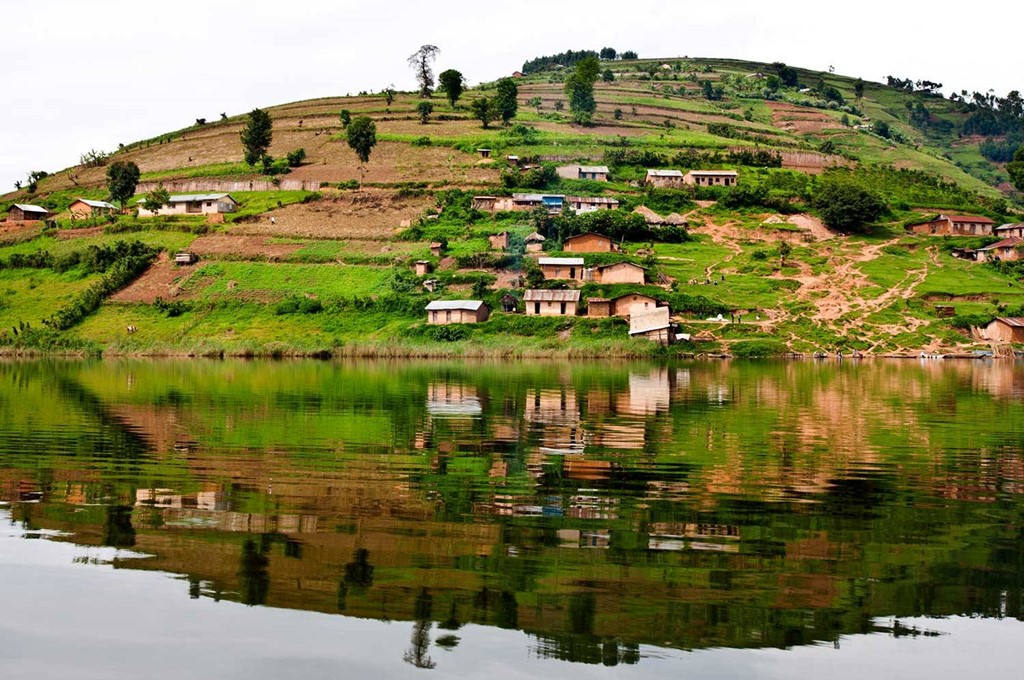
Design Solution
We propose a dual energy production system, that utilizes both solar and small scale hydro-power production to provide a reliable and environmentally friendly solution. The system captures available solar energy during the day, and uses it in part to pump water from the standstill lake into an elevated water tank. The tank is then used as a battery, and when there is no available sunlight, the water is released from the tank and flows down to a turbine to produce electricity. The electricity is then distributed to the villagers through a micro grid distribution system.
Upon completing a load profile using the data gathered from villagers, we were surprised by the results. Ultimately, our design solution is not feasible given the size of the community, and the constraint that the tank imposes on the system. Completing a matlab code that uses the peak energy demand from the load profile, it was determined that an unrealistic amount of water would need to be pumped into the tanks.
An estimated load profile, based on research and available data, for a typical village surrounding Lake Bunyonyi. Additionally, the figure to the right utilizes the power equation to find the height above water level a holding tank must be along with its attached pipe diameter to produce at least 8 kW of power. From the load profile, one can see a peak load of 8kW occurs for one hour starting at 6 pm. Therefore, the team wanted to ensure our system meets this demand. From there, we would utilize controls to vary the pipe diameter and meet the power demand when the solar cells are unable to produce electricity. This process was reiterated to find out how the pipe’s diameter can be altered to meet the lower power requirements (1800 W over 3 hours and 700 W over 7.5 hours) while reducing the flow of the water out of the tank. Following these guidelines, our tank would need to disperse at least 8.5 million liters of water, which is unreasonable for the size of the system we want to prescribe to our users.
The initial proposal was to use the idea of micro-hydro power, but because Lake Bunyonyi is a standing body of water, this design needed to create its own flow in order to power the turbine. This restriction was the main causation for the holding tank pictured above, as the grey cylindrical element. The water would be pumped from the lake using a solar powered pump, pictured in yellow. The pump would continue to pump water to this storage tank all day, to be used during the night when lighting needs are most important. As was stated above, there are peak hours at night where electricity is used by members of the community, and during these times the water would be released to the turbine pictured in blue. As the load times vary, so will the flow rate provided to the turbine, allowing for minimal consumption of stored water, and longer lasting energy. After the water moves the turbine, it is moved back into the lake using gravity or other means such as a pump if necessary. The energy provided by the turbine would then be supplied to the surrounding villages with the implementation of a power grid system.
As was previously stated, the amount of water required to provide the amount of power needed by the turbine was too large for the design initially proposed. The solution of a holding tank proved to be unrealistic for a micro-hydro system of this nature. There are situations in which a micro-hydro solution would be feasible, however this ultimately is not one of them because of the need to simulate flow to the turbine instead of naturally providing it through constantly flowing water. In order to meet the requirements for our senior design class, we have continued with the micro-hydro design. However, we do not expect this specific solution to be implemented in this community. The next steps section of this letter provides solutions moving forward with the design process. Although we do not have an ideal design solution, we gathered a great amount of data and learned many things that are vital for the success of a project solution, and may be passed on to the next team.

Estimated load profile of a village surrounding Lake Bunyonyi

Tank Head and Pipe Diameter combinations that would allow turbine to generate at least 8kW

Design Ideation of water storage/turbine energy solution
Next Steps
Moving forward, ensuring that this project continues is the most pertinent action item. After visiting Entusi and meeting with community members, the team recognizes the need for this project, and a passion for finding a solution. There are several methods that can be deployed to meet our goals: assigning the project to another senior design team, creating a campus club/organization, or giving the project to a club already on campus. Assigning this project to another senior design team will ensure one more year of work. Realistically, the project may not be complete in one more year. Alternatively, we could begin a voluntary club/organization on campus and recruit students to help continue the project. We believe that with the proper marketing, many students would be interested in getting involved. Finally, passing it on to another organization on campus such as Mines Without Borders or the Humanitarian Engineering department is an alternative option. We wish we could have created a solution in one year, but the nature of this project, which requires an enormous amount of community buy in and integration, is best suited to a long term time table.
Meet the Team
Paige Granie
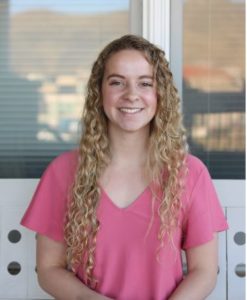 Paige is graduating with a B.S in Electrical Engineering with an emphasis area in Antennas and Wireless Communications, as well as a minor in Public Affairs through the McBride Honors Program. Paige Will be attending University of Pennsylvania Law School in the fall to pursue a career as an Intellectual Property Attorney.
Paige is graduating with a B.S in Electrical Engineering with an emphasis area in Antennas and Wireless Communications, as well as a minor in Public Affairs through the McBride Honors Program. Paige Will be attending University of Pennsylvania Law School in the fall to pursue a career as an Intellectual Property Attorney.
Paige Kadavy
 Paige is a colorado native and will be graduating with a B.S. degree in Mechanical Engineering with a minor in Sustainable Community Development. She will be continuing her education at Colorado School of Mines by pursuing a graduate degree in Humanitarian Engineering and Science in the Fall.
Paige is a colorado native and will be graduating with a B.S. degree in Mechanical Engineering with a minor in Sustainable Community Development. She will be continuing her education at Colorado School of Mines by pursuing a graduate degree in Humanitarian Engineering and Science in the Fall.
Shannon Mooney
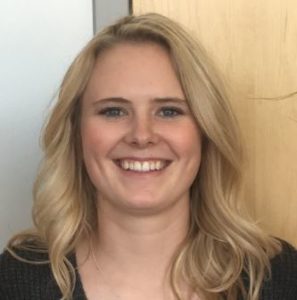 Shannon will be graduating with a B.S. degree in Mechanical Engineering. She played on the varsity soccer team at Colorado School of Mines and is from Broomfield, CO. She will continue her career in engineering by working in the Nuclear department for the United States Navy.
Shannon will be graduating with a B.S. degree in Mechanical Engineering. She played on the varsity soccer team at Colorado School of Mines and is from Broomfield, CO. She will continue her career in engineering by working in the Nuclear department for the United States Navy.
Juno Padilla
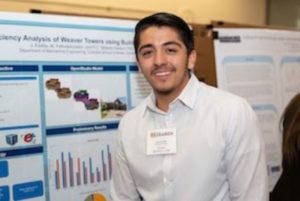 Juno will be graduating with a B.S. degree in Mechanical Engineering and a minor in Public Affairs via the McBride Honors Program. He was born and raised in Denver, CO and is looking forward to continuing sustainable development work with the Peace Corps in Guatemala this coming September.
Juno will be graduating with a B.S. degree in Mechanical Engineering and a minor in Public Affairs via the McBride Honors Program. He was born and raised in Denver, CO and is looking forward to continuing sustainable development work with the Peace Corps in Guatemala this coming September.
Reginald Phillips
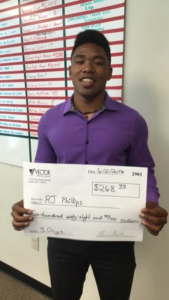 Reginald is graduating with a B.S. in Mechanical Engineering in May. He is looking to continue is education in the fall by pursuing a M.S. in advanced Manufacturing at Colorado School of Mines.
Reginald is graduating with a B.S. in Mechanical Engineering in May. He is looking to continue is education in the fall by pursuing a M.S. in advanced Manufacturing at Colorado School of Mines.
Tyler Stuhldreier
Tyler is graduating with a B.S. in Electrical Engineering with emphasis in Energy Systems and Power Electronics and minor in Computational and Applied Mathematics. He is continuing his engineering career with the Bureau of Reclamation by working with analysis and control of hydro generators.
